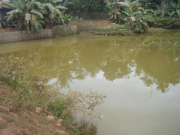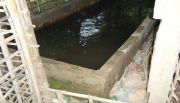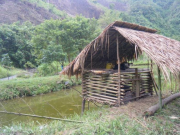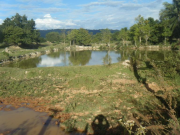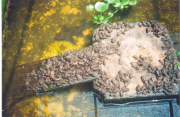Earthen ponds are common throughout Hin Herb and Sangthong Districts. Some have been constructed from scratch whereas others represent modified swampy areas. Some are comparatively large (up to around 0.2 to 0.3ha in surface area). Without proper management, or where it is not considered to be economically viable to introduce management techniques, many earthen ponds do not reach their optimum productivity in terms of economic returns.
|
Small water bodies |
Purpose-built hatcheries and associated nursery and brood-stock ponds built at strategic sites to 1) act as “local” sources of fry for Hin Herb and Sangthong Districts 2) act as centers to hold seminars on fish breeding and nursery techniques for fisher-farmers 3) act as demonstration sites and literature dissemination points to promote all aspects of fish culture and pond management best practices. |
|
Introduce methods of fish fry propagation for individual farmers to adopt on their own farms (limited number of species). |
|
|
Introduce methods of nursing fry so that they reach a size suitable for stocking in ponds or in other culture environments. |
|
|
Introduce “fish handling” techniques from fry and fingerling sizes up to adult fish. |
|
|
Introduce techniques such as “green” manuring and lime application. |
|
|
Introduce methods of predator control, particularly predatory fish. |
|
|
Introduce the concepts of identifying and collecting on-farm feeds where these are available and can be collected on a regular basis. |

